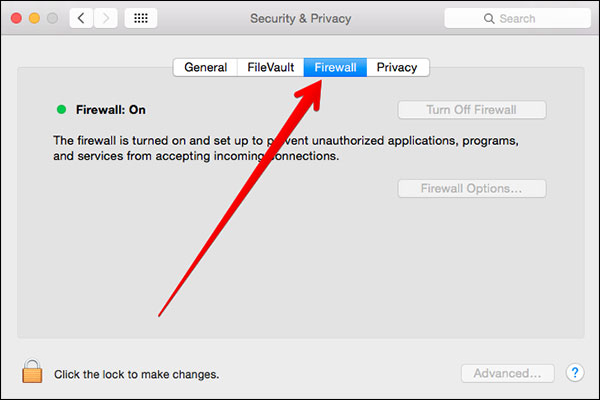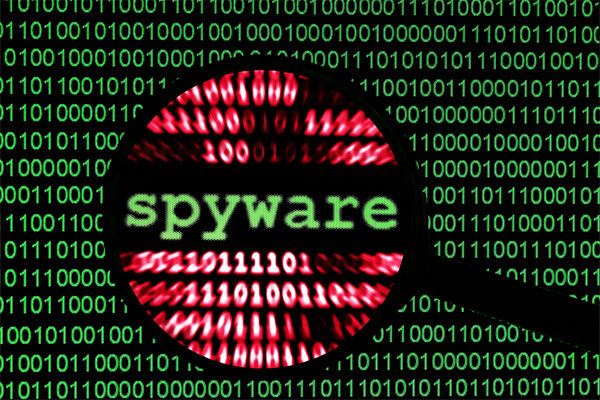Online Security – Threats and Protection
Mac users are just as prone to scams, viruses, and hackers as everyone else, even though some people think that there is a comparative lack of Mac security threats due to Apple’s small market share. Here’s a quick breakdown of what users need to know about Online Security.
Contents
8 Most Common Cybersecurity Threats | Types of Cyber Attacks | Cybersecurity for Beginners [Video]
Video uploaded by edureka! on July 18, 2018.
Online Security – Threats and Protection
Hackers
The term hacker is somewhat unclear, as it was originally a term used to describe a legitimate computer programmer. Its popular definition, however, means someone who wants to break into, or meddle with, your computer. Hackers may be professionals out to steal your secrets. They may also be a “script kiddy,” using a preexisting Trojan. They might be a vandal, spy, thief, or simply just exploring. As far as we are concerned, their status doesn’t matter. Either way, we do not want them or their handiwork inside our computers.
You are much less prone to online privacy threats if you regularly install the latest patches and updates. Run Apple icon – Software Update every week or so, and always accept any security fixes or OS X upgrades that you are offered.
Firewalls
One of the best ways to avoid hackers is to activate a firewall. A firewall can be either a hardware device or software. It prevents people from being able to detect and invade your computer via the internet. Mac OS X comes with a firewall installed, but you may need to turn it on.
To turn the firewall on, open System Preferences – Security, click the Firewall tab, and select Block all incoming connections. For most users, this is all you need to know. However, if any internet-related applications stop working after switching on the Firewall, it’s probably not a coincidence. Users can try turning the Firewall off again, to see if that solves the problem. It is possible to choose the Limit incoming connections… option and the + button to add specific applications to the allow list. This will open the relevant “ports” for the application in question.
The built-in firewall in OS X is sufficient Online Security for most home users, but if you are really worried about intrusions, or you want to be able to monitor all the network traffic coming in and out of your machine, grab a third-party application. When you activate any of the sharing options under System Preferences – Sharing, the relevant type of network traffic is automatically added to OS X’s Firewall “allow” list.

Viruses
Mac users, like all other computer users, are also at risk from viruses, worms, Trojans, and other malware. There are always new OS X viruses emerging, and companies with scanning software are aware of that. In reality, the risks are less serious than those for PC users. There are hundreds of viruses in circulation, and the majority of us have suffered from them. If you want the extra protection of virus software, there are a few popular antivirus software to choose from, such as Norton AntiVirus, McAfee Virex, and more.
Note that most of the viruses that have affected pre-OS X Macs were macro viruses, spread via Microsoft Word and Excel docs. If you ever receive a doc with embedded macros, choose the Disable Macros option when prompted.
Spyware
Spyware is a software designed to snoop on your computing activity. Commonly, spyware is planted by some kind of marketer, who wants to find out about your online surfing and spending habits. However, it might be even more sinister: a keystroke-logger that records whatever you type, like when logging into your online bank account.
Many computers nowadays are infected with some kind of spyware, mostly the non-dangerous types. Mac users are not safe, so you may want to install the Spyware scanning package, even if you do not believe there is a snitch in your system.

Scams
Mac users are no less susceptible to online scams than PC users, and the scams are often much more threatening than hackers or viruses.
Phishing: This is a cunning form of online scams, in which someone pretends to be from your bank, ISP, online payment system, or any other such body. They ask you to hand over your personal information, either directly or via a webpage.
So, how does it work? Here is one example: A scammer sends out a mass email claiming to be from a bank, with a link directing you to a webpage, purportedly on a real bank’s website. In fact, all the details are slightly incorrect, but the recipient is not supposed to notice the difference, and assume the email is legitimate. The recipient then follows the instructions and “confirms” the online banking details on the fake site. In the process, people give their personal banking details to criminals who can then empty the account of the victim. The moral: do not ever respond to emails or instant messages requesting your personal data, private banking information, etc., no matter how legitimate they may seem.
Never respond to spam! Those “get paid to surf,” “stock tips,” work from home,” “recruit new members,” “clear your credit rating,” or any other network-marketing schemes are always obvious: they look too good to be true. It should go without saying that ringing a number to claim a prize is a stupid idea.
Paying by credit card online is usually safe, since credit cards offer some degree of protection against fraud, such as a business going bankrupt before you actually receive the goods. Read the fine print on your agreement for specifics, but normally you are only liable for a set amount. You also might be able to pay a yearly surcharge to fully protect your card against fraud, though this is usually a waste of money unless you think you are more at risk than other clients. If you suspect you have been wrongly charged, ask your bank what to do, but also contact the website in question – some of them may even pick up the bill if you have been conned.
Only enter your card details on secure webpages, which begin with https://. A little lock symbol should also appear in your browser window. If you are concerned about a website’s security, shop elsewhere or order over the phone, but never send your credit card details by email.
Do not give extra information, as you need to provide only your name, billing address, delivery address, credit card number, account name, expiry date, and the three-digit security code on the signature strip when you make an online purchase. Never give out your social security number, health insurance details, driver’s license, or passport number.
Links
- If your eyes are on new faster Macs and you look for good hands to adopt your used one, contact us, and we’ll give you the best price for your gadget: Sell my Mac online now for top price!
- Read our blog, where you can learn more about all aspects related to the consumer electronics and more: iGotOffer Blog.
- Learn more about online security from another trusted source, the famous virtual encyclopedia – Wikipedia: en.wikipedia.org/wiki/Internet_security

Comments
So empty here ... leave a comment!